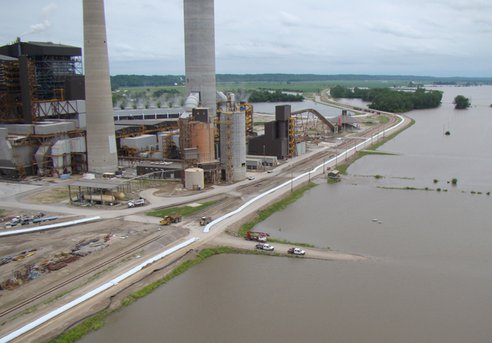
Power plants are stressing freshwater resources around the country, according to a new report that finds both the quantity and quality of water supplies—”even in unexpected places—”are affected.
The report, Freshwater Use by U.S. Power Plants: Electricity’s Thirst for a Precious Resource, is based on three years of research by the Union of Concerned Scientists (UCS) and a team of more than a dozen scientists. It is the “first systematic assessment of how power-plant cooling affects freshwater resources across the United States and of the quality of the data available on power plant water usage,” according to UCS.
The Tennessean quotes one of the report’s authors:
“Our analysis revealed that coal-fired and nuclear power plants are stressing watersheds in the Southeast–including the Emory River in Tennessee–by using vast amounts of local water for cooling purposes,” said lead researcher Kristen Averyt, of the Western Water Assessment at the University of Colorado Boulder.
Averyt also said, “unlike in arid regions, where many power plants have already minimized their water use, we found indicators of potential problems in seemingly water-rich regions like the Southeast. Here our analysis uncovered some surprises, such as the Seneca River in South Carolina and the Upper Dan in North Carolina.”
As for the tangible implications people may be more likely to identify with, she said: “It’s important for the public to know that because many power plants depend so heavily on water, there’s a real risk that they’ll have to cut back electricity production at times when they can’t get enough cooling water.”
She pointed to Texas as an example, where a record-breaking drought has caused a dire situation and power plant operators have already been threatened with having to cut back operations or even shut down if water levels continue to drop.
Via: treehugger
 Follow
Follow